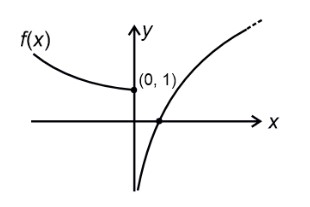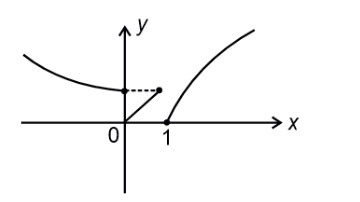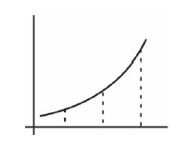70. Let A = {–1, 0, 1, 2}, B = {–4, –2, 0, 2} and f; g: A→B be the functions defined by f(x) = x2 − x, x ∈ A and g(x) = 2x - 1/2 - 1. x∈ A. Are f and g equal? Justify your answer.
(Hint: One may note that two functions f: A → B and g: A → B such that f(a) = g(a) & mn For E; a ∈A, are called equal functions).
70. Let A = {–1, 0, 1, 2}, B = {–4, –2, 0, 2} and f; g: A→B be the functions defined by f(x) = x2 − x, x ∈ A and g(x) = 2x - 1/2 - 1. x∈ A. Are f and g equal? Justify your answer.
(Hint: One may note that two functions f: A → B and g: A → B such that f(a) = g(a) & mn For E; a ∈A, are called equal functions).
-
1 Answer
-
It is given that A = {–1, 0, 1, 2}, B = {–4, –2, 0, 2}
Also, it is given that are defined by and .
It is observed that:
Hence, the functions f and g are equal.
Similar Questions for you
R1 = { (1, 1) (1, 2), (1, 3)., (1, 20), (2, 2), (2, 4). (2, 20), (3, 3), (3, 6), . (3, 18),
(4, 4), (4, 8), . (4, 20), (5, 5), (5, 10), (5, 15), (5, 20), (6, 6), (6, 12), (6, 18), (7. 7),
(7, 14), (8, 8), (8, 16), (9, 9), (9, 18), (10, 10), (10, 20), (11, 11), (12, 12), . (20, 20)}
n (R1) = 66
R2 = {a is integral multiple of b}
So n (R1 – R2) = 66 – 20 = 46
as R1 Ç R2 = { (a, a) : a Î s} = { (1, 1), (2, 2), ., (20, 20)}


⇒ (y, x) ∈ R V (x, y) ∈ R
(x, y) ∈ R ⇒ 2x = 3y and (y, x) ∈ R ⇒ 3x = 2y
Which holds only for (0, 0)
Which does not belongs to R.
∴ Value of n = 0
f is increasing function
x < 5x < 7x

f (x) < f (5x) < f (7x)
->
Given f (k) =
Case I : If x is even then g (x) = x . (i)
Case II : If x is odd then g (x + 1) = x + 1 . (ii)
From (i) & (ii), g (x) = x, when x is even
So total no. of functions = 105 × 1 = 105
Taking an Exam? Selecting a College?
Get authentic answers from experts, students and alumni that you won't find anywhere else
Sign Up on ShikshaOn Shiksha, get access to
- 66k Colleges
- 1.2k Exams
- 680k Reviews
- 1800k Answers

